Where Are Nicotine Pouches Made? A Comprehensive Guide for Corporate Buyers
1. The Growth of Nicotine Pouches
Nicotine pouches have emerged as one of the most dynamic segments in the global nicotine products market. As consumers demand cleaner, tobacco-free alternatives, these pouches offer a discreet, smokeless, and convenient experience — sparking explosive growth across Europe, North America, and emerging Asian markets.
For corporate buyers, understanding where nicotine pouches are manufactured and how to approach procurement is essential to securing product quality, regulatory compliance, and competitive pricing. This guide provides a detailed overview of global production regions, procurement strategies, cost breakdowns, and white label/OEM options—arming you with the knowledge to make confident, informed decisions.
2. Global Production Regions: Key Players in Manufacturing
The global nicotine pouch manufacturing landscape is led by a few key production regions, each offering unique advantages in terms of cost, quality, and regulatory alignment.
A. United States
The U.S. is a leader in premium-quality nicotine pouch production. Backed by advanced R&D and FDA-compliant facilities, American manufacturers offer high levels of safety and consistency—ideal for brands targeting mature, regulation-heavy markets.
B. Sweden and Nordic Countries
Known for pioneering snus and tobacco-free pouch technology, Sweden and its Nordic neighbors remain top producers. Their emphasis on sustainability, clean nicotine formulations, and EU regulatory compliance makes them a go-to source for high-quality, eco-conscious products.
C. China
China is becoming an increasingly important hub for nicotine pouch manufacturing. Known for cost-effective, scalable production, Chinese factories offer fast turnaround and competitive pricing. However, buyers must conduct proper vetting to ensure product safety and certification.
D. Other Regions
Markets like India, Eastern Europe, and Southeast Asia are gradually entering the nicotine pouch space. While infrastructure and regulatory experience may vary, they offer niche sourcing opportunities for specialized formulations or regional expansion.
For an overview of available product formats, visit SnuffFactory’s product catalog.
3. Procurement Channels: Regional Insights for Buyers
Understanding how to access these global manufacturers is key to building a stable, cost-effective supply chain.
A. Direct Manufacturer Sourcing
Reaching out directly to manufacturers (especially OEM partners) enables greater customization, price transparency, and better communication. Leading factories like SnuffFactory provide direct consultation and sampling support.
B. Distributors and Aggregators
In developed markets like the U.S. and Europe, regional distributors serve as intermediaries. While convenient, working through them can increase costs and limit access to custom solutions.
C. Online Trade Platforms
Platforms like Alibaba and Made-in-China offer access to a wide range of producers, especially in Asia. While this channel is useful for price discovery, verifying supplier credibility and quality via samples and third-party audits is crucial.
4. Cost Composition: Breaking Down the Price Structure
Understanding what goes into the cost of each nicotine pouch will help procurement teams evaluate offers more effectively.
A. Equipment and Production Infrastructure
Advanced pouching lines, moisture control systems, and nicotine infusion technologies influence product consistency—and are more common in U.S. and Nordic factories.
B. Raw Materials
-
Nicotine Source: Synthetic nicotine typically costs more than tobacco-derived variants but may offer regulatory advantages.
-
Pouch Materials: Biodegradable or flavor-retaining pouch fibers can raise material costs, especially in EU-made products.
C. Labor and Automation
Highly automated facilities (e.g., in China) reduce labor costs, while premium facilities (e.g., in Sweden or the U.S.) balance cost with higher QA investments.
D. Regulatory Costs
Compliance with FDA (U.S.) or TPD (EU) standards often adds a premium—but is essential for legality and shelf stability in many export markets.
5. White Label vs. OEM: Understanding Your Options
Corporate buyers typically choose between two production strategies: white label or OEM. Each offers distinct benefits depending on your business model.
A. White Label Production
-
Definition: Manufacturer provides ready-made nicotine pouches that can be branded with your logo.
-
Advantages: Faster time-to-market, lower R&D cost, minimal technical involvement.
-
Best For: Retailers or startups looking to test market entry quickly.
B. OEM Production
-
Definition: Fully customized product made to your specifications (formulation, flavor, pouch size, branding).
-
Advantages: Full control over product quality, design, and differentiation.
-
Best For: Established brands looking for exclusivity and long-term scalability.
For custom manufacturing and brand differentiation, consider OEM partners like SnuffFactory, who specialize in private label and formulation flexibility.
6. How to Place Bulk Orders: Steps for Successful Procurement
A structured approach to bulk ordering can minimize risk, ensure supply stability, and optimize your long-term costs.
Step 1: Request Product Samples
Evaluate flavor, texture, nicotine strength, and consumer fit. Sampling is essential for new suppliers—submit your request via SnuffFactory’s inquiry page.
Step 2: Define Specifications and Volume
Clarify flavor types, nicotine levels, pouch size, and order quantity. Confirm the manufacturer’s MOQ (minimum order quantity) and lead time.
Step 3: Negotiate Terms
Review pricing tiers, payment schedules, and penalties for late delivery. Include clauses on third-party lab testing if needed.
Step 4: Review Regulatory Compliance
Ask for documentation of FDA, ISO, or EU TPD compliance. For international distribution, ensure labeling and packaging follow target market rules.
Step 5: Finalize Contract and Delivery
Secure logistics tracking, define quality checkpoints, and confirm your fulfillment schedule.
7. Conclusion and Recommendations
Nicotine pouch production is increasingly global, with major manufacturing hubs in the U.S., Europe, and China. Each region offers unique strengths in quality, cost, and scalability. For corporate buyers, navigating this landscape successfully means choosing the right production model, understanding cost structures, and aligning procurement strategy with your brand’s goals.
Whether you’re launching a new product line or scaling existing SKUs, partners like SnuffFactory offer end-to-end support—from formulation to packaging and regulatory consulting.
Final Recommendations for B2B Buyers:
-
Choose U.S. or Nordic manufacturers for premium, regulation-ready products.
-
Consider Chinese factories for low-cost, large-scale production—if strict quality control is in place.
-
Start with white-label for quick market entry, then transition to OEM for differentiation and brand building.
-
Always sample and verify before placing large orders.
Build your supply chain with confidence.
Explore SnuffFactory’s product portfolio or connect directly with their sourcing team to begin your procurement journey today.

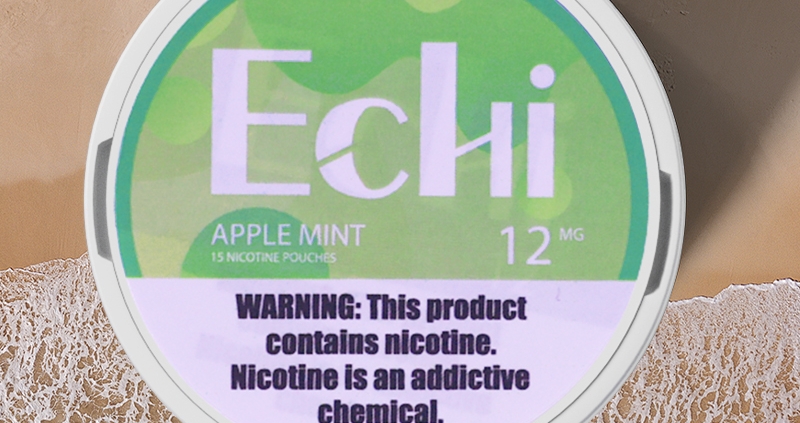
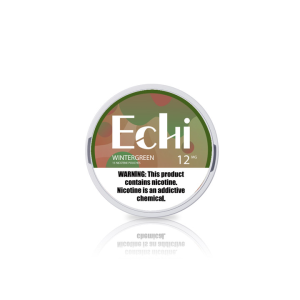
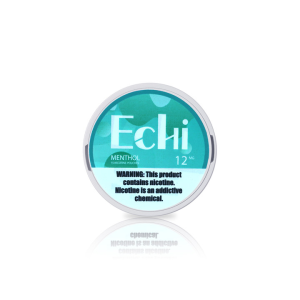
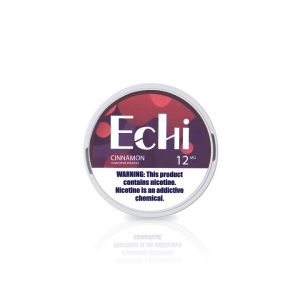
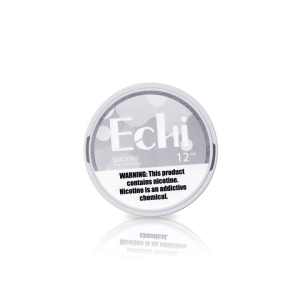
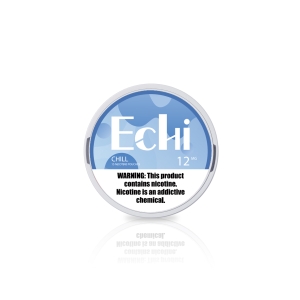
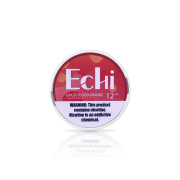
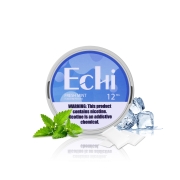
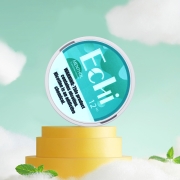
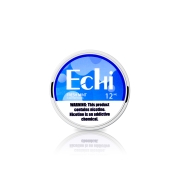
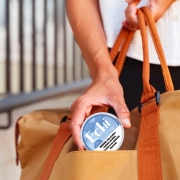


Leave a Reply
Want to join the discussion?Feel free to contribute!